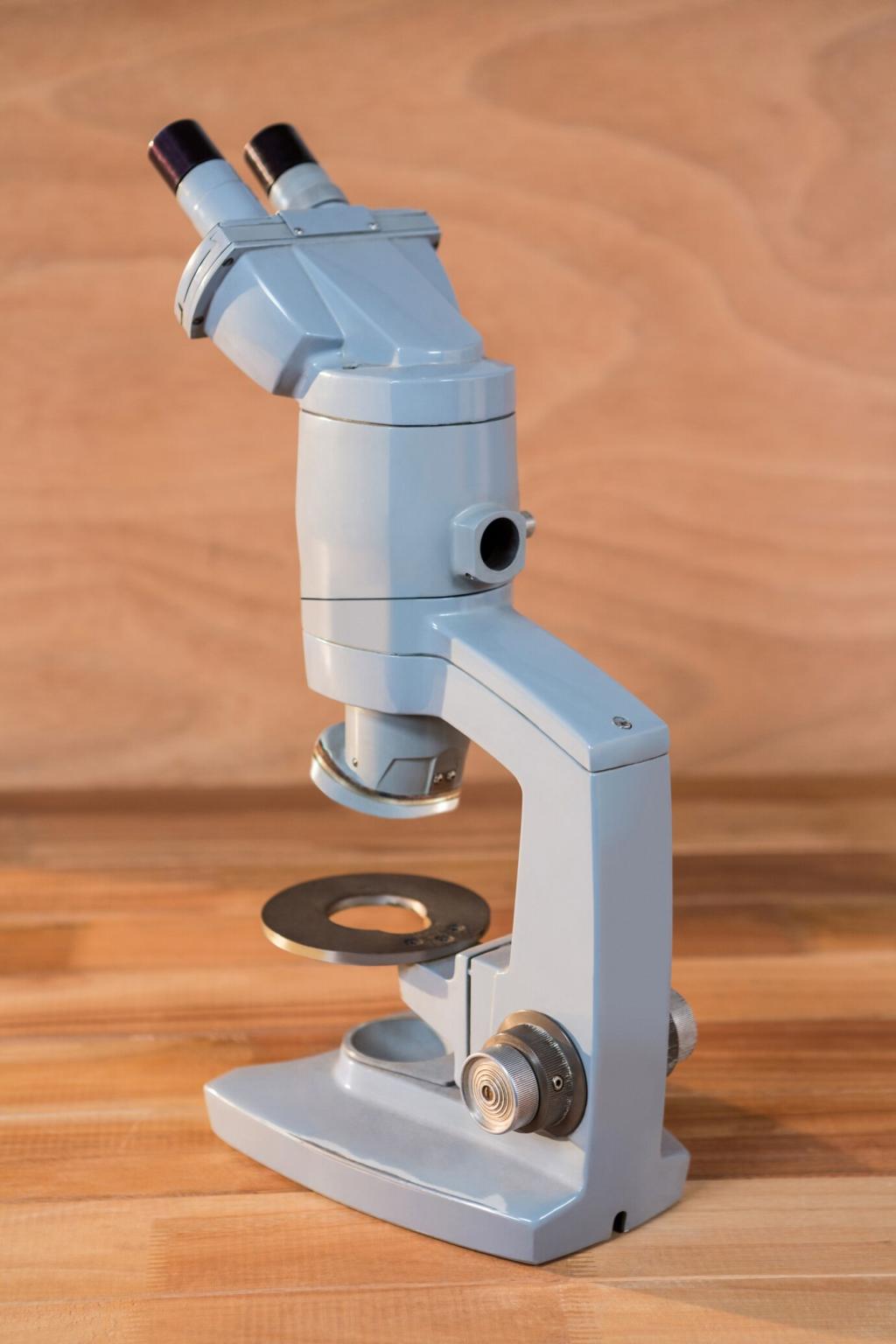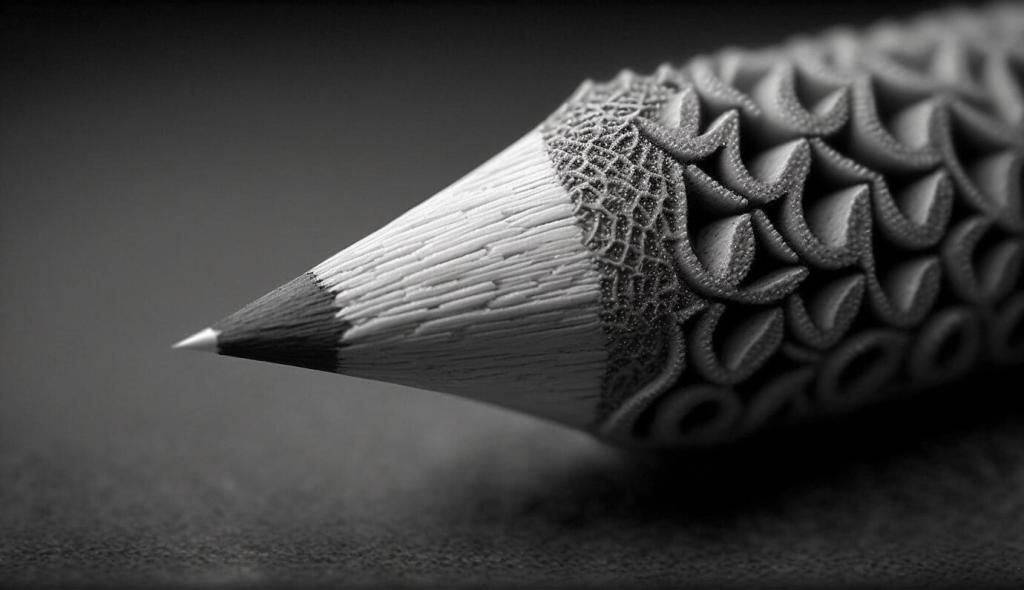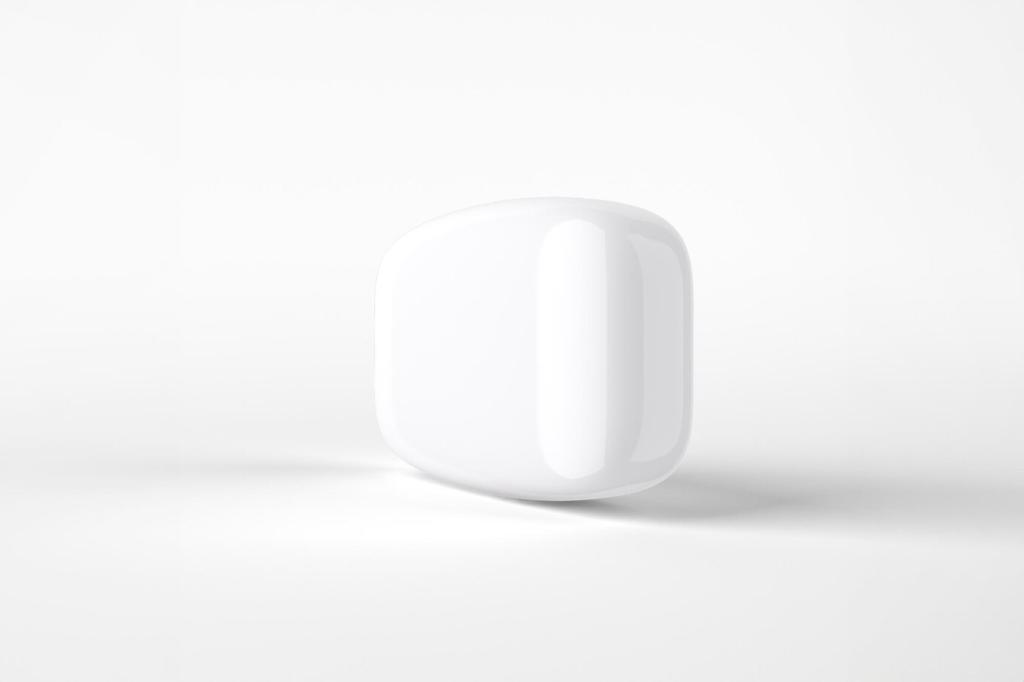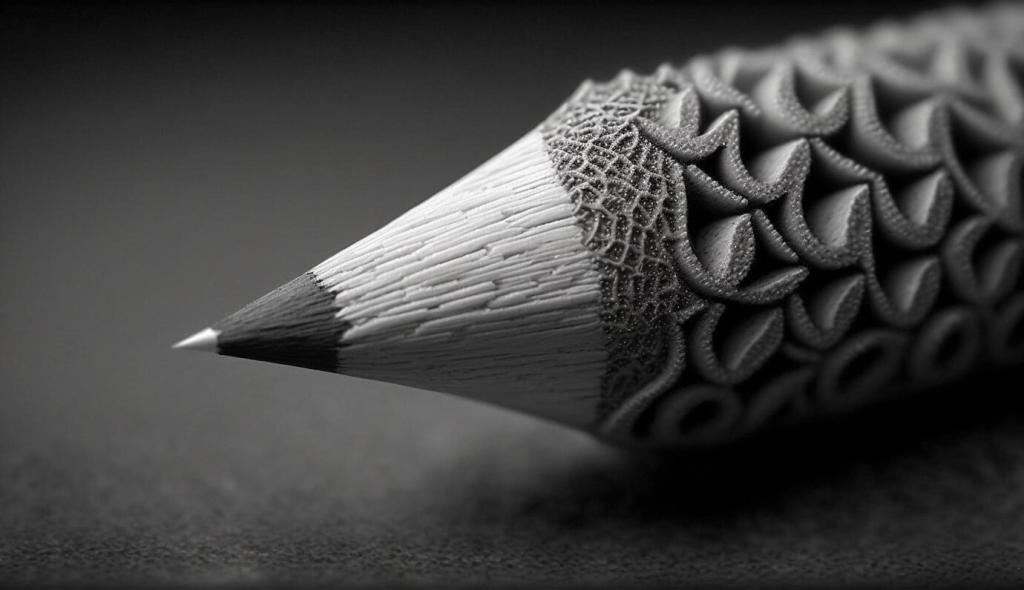Minimalism in Traditional Japanese Painting: Quiet Power in Every Stroke
Today’s chosen theme: Minimalism in Traditional Japanese Painting. Step into a world where a single line, a measured breath, and generous silence tell stories beyond words. Subscribe and join our community of mindful creators exploring depth through less.


Ma is not a blank; it is a breathing interval that holds tension, light, and possibility. In Hasegawa Tōhaku’s misty pines, vast space feels tangible, inviting the eye to wander and rest. Pause with a painted silence today, and tell us what feelings emerge.

Minimalist ink softens at the edges, fibers show, and a hairline wobble becomes the soul of the scene. Wabi-sabi honors transient moments—like a faint wash that dries lighter than intended. Recall a small imperfection that made an artwork honest, and share your story below.

Shibumi can feel like a whisper that somehow resonates across the room. A quiet stroke, unforced and unshowy, endures longer than a flourish. Try a single deliberate mark today; breathe once, then release. Did that restraint heighten clarity? Tell us about your experience.
Ink, Paper, and Brush: The Minimalist Toolkit
Grinding an ink stick on a stone is meditation in motion. Ratios of water shift everything: a mountain becomes air, a leaf turns to shadow. Listen to the soft scrape as pigment awakens. Try preparing ink slowly today and share how the ritual shapes your focus.


Ink, Paper, and Brush: The Minimalist Toolkit
Handmade washi drinks ink with personality—kozo fibers welcome flow, edges feather with grace. Minimalism meets chance as absorption decides softness and line. Test small swatches, watch capillary magic unfold, and note your discoveries. What paper traits help your sparing strokes feel alive?
Breath, Stroke, Silence: Technique Without Excess
A bamboo segment can emerge in four decisive movements: stalk, node, leaf, leaf. Vary pressure to suggest volume, then lift cleanly to preserve freshness. Practice on scrap paper while exhaling slowly. Did fewer strokes reveal more character? Share your results and surprises.

Breath, Stroke, Silence: Technique Without Excess
Bokashi creates gradients with water alone—no extra color required. Load the brush, rinse the tip, and pull gently to dissolve edge into atmosphere. Mountains drift into mist, reeds fade into distance. Try a three-step gradient tonight and tell us where the transition felt most alive.
Lineage of Masters: Lessons in Restraint
Sesshū’s landscapes balance stark peaks with generous voids, letting breath and ink choreograph silence. His winter scenes feel hushed, as if snow absorbs sound. Notice how the few darkest accents anchor space. Reflect on a moment of winter stillness and share it below.
Lineage of Masters: Lessons in Restraint
Tōhaku’s monumental screens float pine silhouettes through shimmering emptiness. Minimal detail, maximum presence—the viewer completes the forest. Imagine stepping between the panels, hearing wind pass. What memories does that open space awaken? Tell us how the mist guides your eye.

Asymmetry with Intention
Offset your motif to open breathing room—weight on one side, whisper on the other. Diagonals suggest movement, while a small anchor prevents drift. Sketch three thumbnails emphasizing space first, subject second. Which arrangement felt most alive, and why? Share your compositional insight.
Rhythm, Pause, and Return
Arrange strokes like a poem: line, pause, repeat. Let repetition with tiny variation build cadence, then rest in Ma. Try painting a reed bed—few verticals, a hint of ripple, then stillness. Did the pauses speak louder than the marks? Tell us what you heard.
Economy of Motif
Choose a subject that thrives on reduction—a single orchid, a crescent moon, two stones by water. Remove anything that does not serve the feeling. Afterward, write one sentence capturing the mood you achieved and share it to inspire fellow readers’ minimalist choices.



